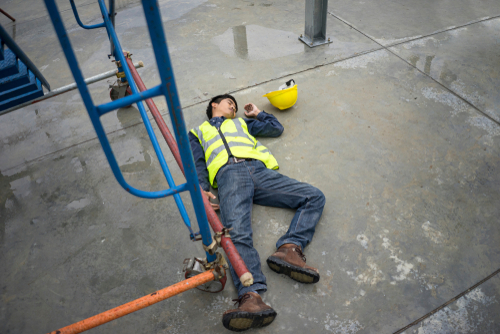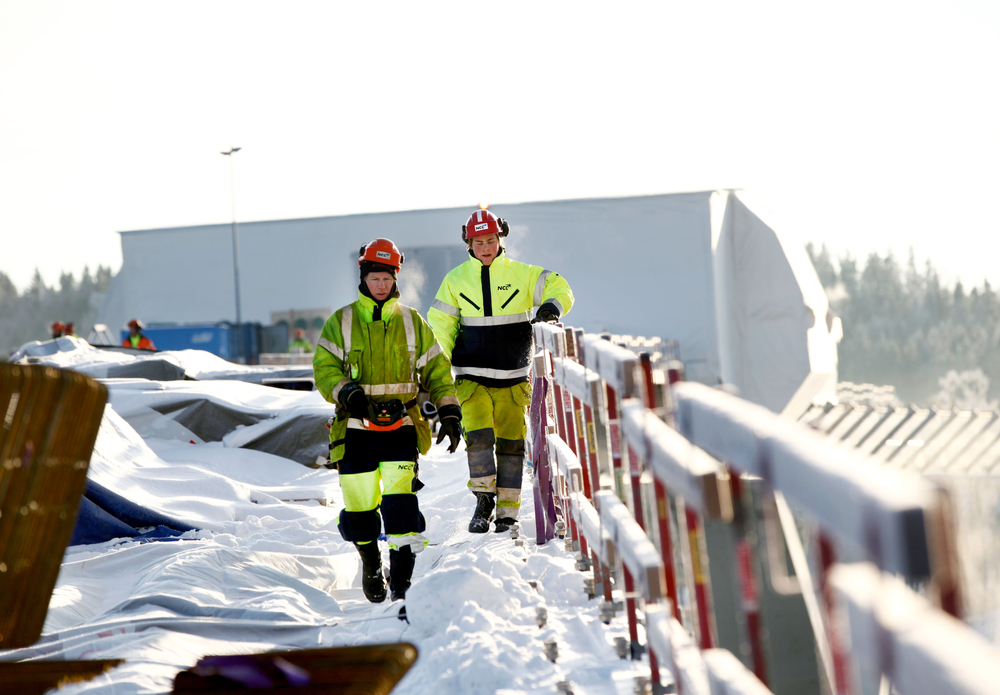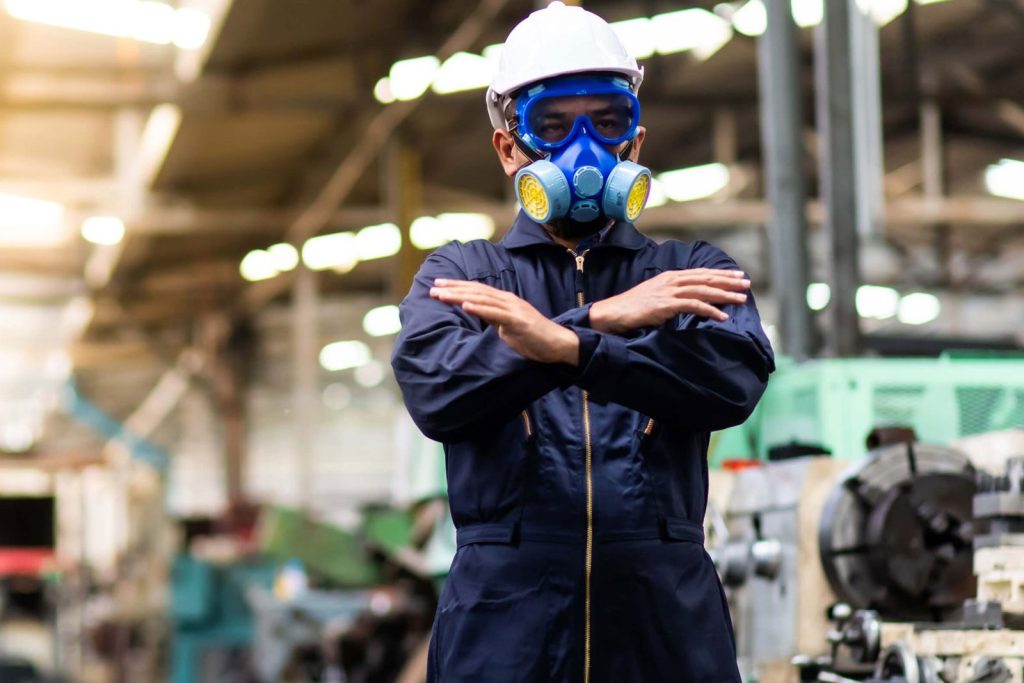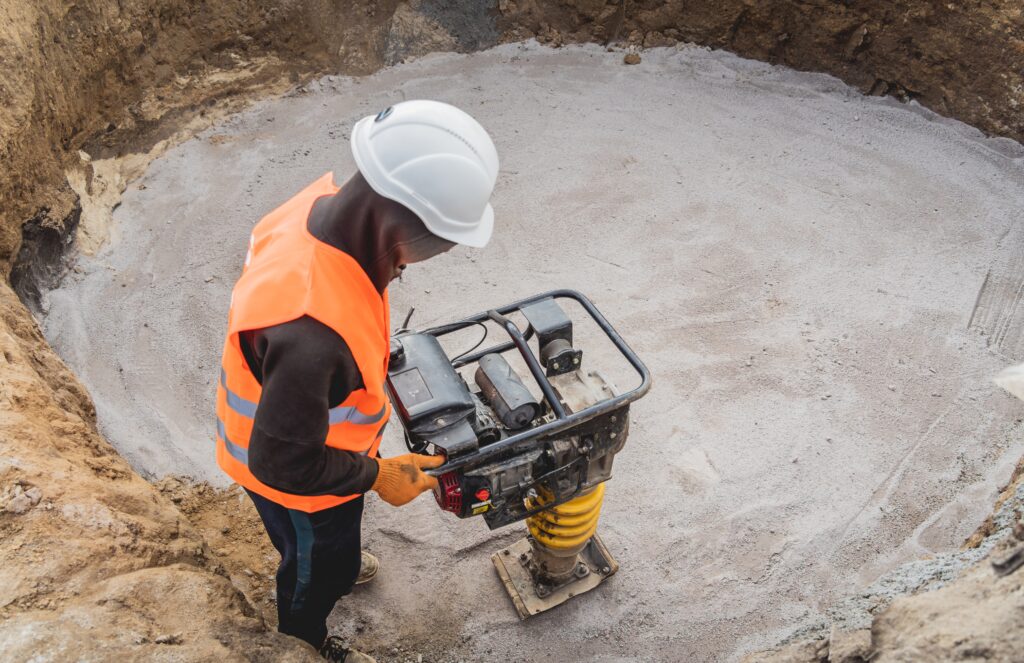A construction worker suffered a broken back after falling from scaffolding due to poor working at height conditions. The construction company was subsequently fined £12,000 for failing to provide training. Additionally they were fined for the use of unsuitable equipment.
The firm, based in Cheshire, provided the wrong scaffolding for the job. This meant that workers had to construct their own. Using unsuitable materials meant that they couldn’t safely carry out the work. Consequently this led to an accident where an employee sustained fractures to his back and ribs. The company was subsequently found guilty of breaching Regulation 4(1) of the Work at Height Regulations 2005.
Working at height regulations
The HSE carried out a full investigation after hearing of the incident. Always hot on the trail of employers who fall short of their legal responsibilities, the HSE has a clear set of regulations regarding working at height. Surprisingly, none of them include the use of makeshift scaffolding!
Speaking on the incident, a spokesperson for the HSE stated that the firm is lucky that the injuries suffered by the worker weren’t more serious, or even fatal.
Sadly the construction firm found out that working at height regulations exist for a reason. Essentially to safeguard employees from harm or death at work. It seems as thought a lesson was learned the hard way in this case.
However, we know from experience that despite major campaigning, some companies still try and push the boundaries of health and safety.
How to safely work at height
Before commencing work at height, plan need to be thoroughly assessed by trained and competent people. This reduces the risk of the wrong equipment being used, as well as helping to keep the risk of accidents or injuries low. Importantly, the key to ensuring a stable framework for carrying out work at height is to use the right equipment for the job.
This means that regular risk assessments to assess for risk prior to commencing work gives any business a great head start.
And you might think that working at height regulations are mostly common sense. Which could be true to a certain degree. However, as falls from height are still one of the most common workplace accidents, the HSE advice is to determine whether work can be carried out safely another way. So because there is no minimum height covered by the regulations, even using a step ladder or stool carries significant risk of harm. Let that sink in a moment.
That means every time an employee is expected to stand on something to reach a top shelf or filing cabinet, the working at height regulations apply. And that is why working safely at height is crucial in safeguarding employee health and preventing death.
Control measures
The HSE recommends going through the following steps before working at height.
- Avoid working at height where practically and reasonably to do so
- Prevent falls by using a workplace that is already safe, or by using the right equipment
- Minimise consequences if a fall should happen by reducing the height of work being carried out
Additionally, the HSE calls on employers to consider the risk of harm to everyone (collective protection), before looking at ways to keep individuals safe (personal protection). A mix of both of these recommendations will undoubtedly help keep employees safe on work premises.
You can view our do’s and don’ts when working at height here.
Got questions?
For any questions relating to any of our health and safety at work services, please click here. Alternatively, you can contact us on 0845 004 2133 or via enquiries@safetyfirstgroup.co.uk where you can speak to one of our qualified technicians.














